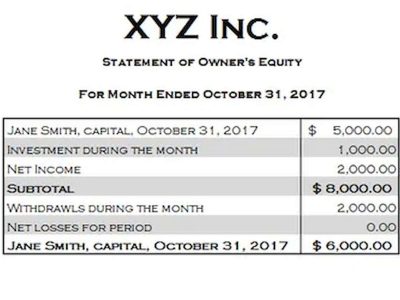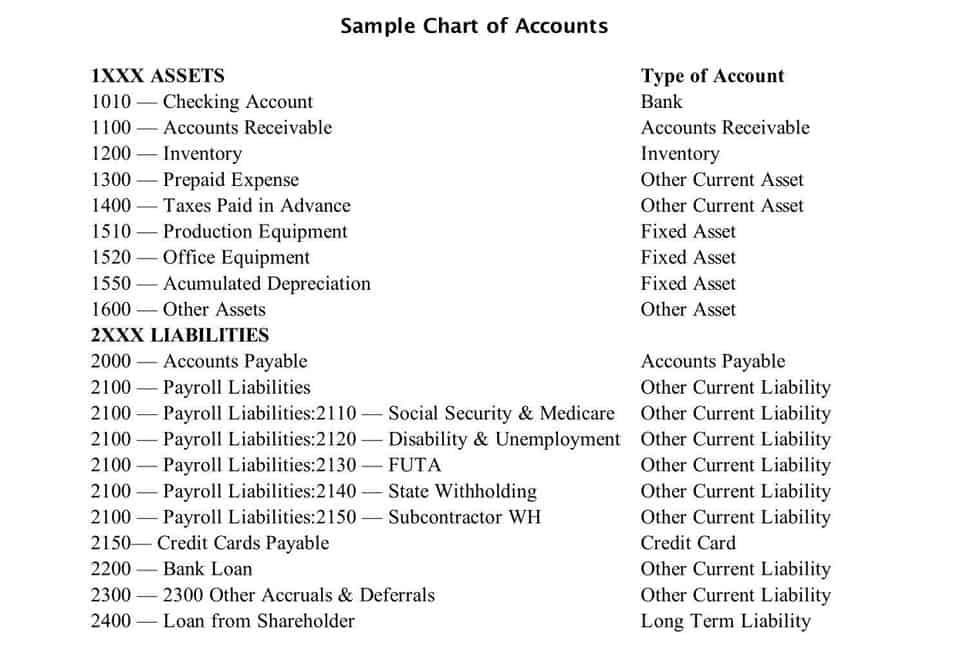It is important to note that EPS is just one measure of a company’s profitability and is most useful when compared across similar companies or historical periods. Additionally, you can evaluate EPS based on how it compares to industry peers and its trends over time. Though EPS growth is relative to the broader market and economic conditions, investors generally want to see a company’s EPS grow year over year. For example, buybacks can affect EPS, as the number of outstanding shares is then reduced. This can appear to show EPS growth, even while earnings may be static or declining. Earnings per share is a metric that allows investors to evaluate the profitability of a specific company on a per-share basis.
Help and Tools
- You can determine a company’s financial position by the earnings per share calculator.
- An EPS calculator can help you analyze a company’s dividend payout ratio, offering you a clearer picture of how sustainable the dividend is.
- The share calculator uses this as one of the criteria for determining shareholder returns.
- The MarketBeat EPS calculator lets you calculate the earnings per share of a company using just three data points.
Basic EPS includes all of the company’s outstanding shares, while diluted EPS includes shares, stock options, warrants, and restricted stock units. Based on your entries, this is the earnings per share (EPS) ratio of the stock you are investigating. You can now use this figure to calculate the company’s P/E Ratio. This figure helps you analyze financial health and make informed investment decisions. With our calculator, you can easily assess a company’s profitability and determine the value of each share.
A Data Record is a set of calculator entries that are stored in your web browser’s Local Storage. If a Data Record is currently selected in the “Data” tab, this line will list the name you gave to that data record. If no data record is selected, or you have no entries stored for this calculator, the line will display “None”. It includes the impact of potential dilution from convertible securities. It is also important to use reliable sources of accurate data on company metrics. Dividend aristocrats and kings pay the most consistent dividends.
Nonetheless, EPS is one of the most important ways to measure a company’s profitability. Investors looking to buy stocks should take advantage of using this method and the EPS calculator. An EPS calculator empowers you to uncover potential investment opportunities by revealing stocks with strong earnings growth.
A company that more consistently beats estimates could be considered a better stock option than a company that doesn’t. Nevertheless, keep in mind that these EPS bets are also relative, based on the market and economic conditions for corporate profits. If the earnings report exceeds estimates, a stock may jump in price. A higher EPS generally indicates a higher value and profits relative to share price.
How to Use the EPS Calculator
- You can find these numbers in the balance sheet and income statements produced by the company each quarter.
- If you have a question about the calculator’s operation, please enter your question, your first name, and a valid email address.
- And unless otherwise noted, most EPS numbers are the diluted EPS.
Tesla (TSLA), for example, has long been a popular growth stock but it took 18 years before the company reported a profitable year. The EPS value for this company is equal to $8.76, and the earnings per share calculator enable us to decide the earning per share. Welcome to our Earnings Per Share (EPS) Calculator – Your tool for evaluating a company’s financial performance on a per-share basis. Simply enter Net Income, Dividends, and Common Shares, and our calculator will compute the Earnings Per Share (EPS). In the example above, the EPS calculator showed that Tesla earned $3.98 per share. The importance of EPS becomes clear when we compare the number to past earnings reports or other companies in the sector.
Significance of EPS
These don’t count toward the total shares outstanding, but they can become common stock shares if exercised. The total number of common stock held by shareholders is known as the outstanding shares. This share count includes securities owned by insiders, institutional investors and private investors. The number of outstanding shares can be found in the company’s balance sheet.
You calculate EPS by subtracting the preferred dividends paid from the net income and then dividing that result by the average number of common shares outstanding. This free online Earnings Per Share Calculator will calculate the EPS ratio for a stock given the net income, preferred dividends paid, and the number of common shares outstanding. Clicking on the link on this line open the Weighted Average Shares Outstanding Calculator in a new window.
What is meant by 20% dividend?
Therefore, you should use diluted and basic EPS when calculating the value of a company on a per-share basis. This simple online tool calculates earnings per share (EPS), a popular metric of a company’s profitability. EPS calculation gives valuable insights into the business condition and is a base for more in-depth analysis of potential investments. A dividend yield of gift tax limit 2021 20% means that, over the next 12 months, an investor will receive payments totalling 20% of the current stock price.
Adjusting for Stock Splits and Buybacks
The earnings per share calculator calculates a company’s profit divided by the outstanding shares of its common stock. The EPS calculator resulting in numbers and estimation serves as an indicator of a company’s profitability. To calculate earnings per share, you can use the MarketBeat EPS calculator. In addition, you’ll need to know the net income figures and the number of outstanding shares, plus whether the company pays any preferred dividends. Reducing the number of outstanding shares increases earnings per share and dividends paid. To calculate a company’s earnings per share, divide total earnings by the number of outstanding shares.
This insight allows you to identify trends that could signal whether a stock is worth investing in or if it might be time to sell. A higher EPS generally indicates a higher value and profits relative to a company’s stock price, though there’s no number set as a “good” EPS. Instead, consider EPS trends over time and how a company’s EPS compares to that of its peers. The most commonly used version is the trailing twelve months (TTM) EPS, which can be calculated by adding up earnings per share for the past four quarters. Milton Friedman famously said, “The business of business is business,” which is a snarky way of saying that the goal of every company is to turn a profit. A business without earnings won’t be in business for very long, especially in public markets.
Investors can use this figure to calculate the dividends they will receive on the upcoming payment date or over the course of a year. However, the concept of DPS is also applicable in the case of stock dividends. Calculate the portion of a company’s profit allocation to each share of common stock. Earnings per share serve provide visability of a specific company’s profitability. An EPS calculator can help you analyze a company’s dividend payout ratio, offering you a clearer picture of how sustainable the dividend is.
Comparing it to the historical average level provides an indirect indication of whether the stock is undervalued or overvalued. The simple calculation of annual dividends described above does not apply to growing companies. Therefore, it is better to sum all payments rather than multiply the amount of one distribution by their number.
Here are the quick answers to a few of the more commonly asked questions.
EPS is most useful when comparing companies across similar industries or stock sectors or when looking at a single company over a period of time. For example, EPS can show investors if a company is growing or stagnating and how its performance stacks up to similar firms. Another significant drawback of EPS analysis is that it does not analyze the amount of capital needed to create profits.
This article will teach you what earnings per share is, how it can be calculated, and real-life applications of this gauge. In the end, we will point out some limitations of EPS to give you a good understanding of how to interpret its value correctly. By increasing net income or reducing the number of outstanding shares. Changes in net profit and the number of outstanding shares have the most impact.
EPS offers investors a quick and often satisfactory way to measure a company’s profitability compared to previous quarters and other companies in the same sector. But even the best financial metrics can mislead on their own, and EPS is no different. EPS leaves several central data points out of its calculation (i.e., debt) and works best when used with other metrics, such as debt/equity ratio or dividend payout ratio.










